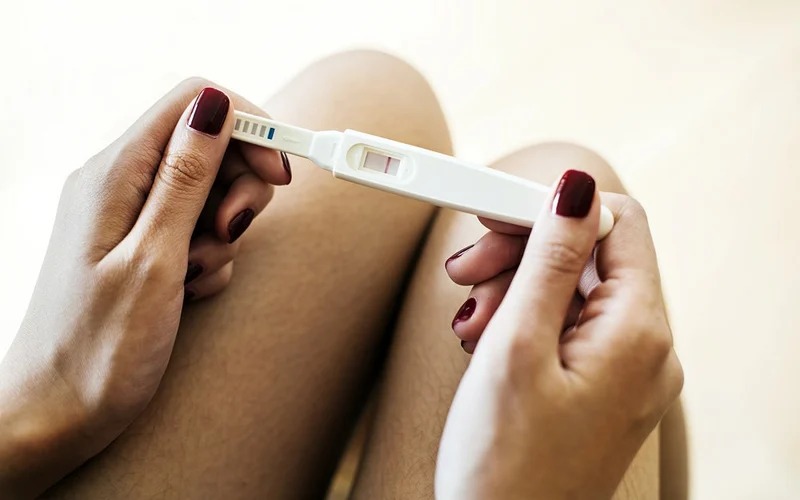In vitro fertilization (IVF) offers an opportunity for individuals and couples to pursue parenthood when other methods of conception have not been successful. Understanding what takes place during your first IVF cycle and what follows afterward can provide clarity and support as you move through this intricate process. With the right information and guidance, you can navigate the journey with greater confidence.
The Steps of IVF
The IVF process involves several steps, beginning with ovarian stimulation. This stage includes taking prescribed medications designed to encourage the ovaries to produce multiple eggs. Retrieving a sufficient number of eggs for fertilization is the goal. These eggs will then be collected through a minor surgical procedure for the next phase of the process.
Once ovarian stimulation is complete, egg retrieval is performed. This outpatient procedure involves using ultrasound guidance to collect eggs from the ovaries. A semen sample is then prepared to fertilize the retrieved eggs, with fertilization taking place in a laboratory setting. If successful, the embryos are monitored for several days to assess their development. Healthiest embryos are then selected for transfer to the uterus or freezing for future use.
The next step is embryo transfer. The doctor selects a healthy embryo and transfers it to the uterus. This quick procedure involves inserting the embryo with a thin catheter. Ultrasound guidance encourages precision and proper placement. After the transfer, you wait for two weeks to allow the embryo to potentially implant in the uterine lining.
After Your First IVF Cycle
After an IVF cycle, the follow-up period plays a key role in determining the outcome. The most immediate phase includes the two-week wait post-embryo transfer. During this time, patients are encouraged to go about their daily lives while avoiding physically strenuous activities. Patients may also be asked to continue taking prescribed medications, such as hormones, to support the potential pregnancy.
A beta hCG blood test confirms whether implantation and pregnancy have occurred, typically about two weeks after the embryo transfer. This test measures hormone levels and can bring a mix of emotions for patients. If the test confirms pregnancy, patients may have further tests, like an ultrasound, to verify embryo placement and monitor early development. If pregnancy does not occur, your healthcare provider will review the IVF cycle details and discuss next steps or possible adjustments for future cycles.
Emotional and Physical Adjustments
The IVF process can be emotionally and physically demanding. It’s beneficial to acknowledge the emotions that may arise, including excitement, anxiety, or disappointment. Seeking support from trusted friends, family members, or support groups may provide comfort during this time. Physically, patients might experience symptoms such as mild cramping or spotting following embryo transfer. Monitoring your physical well-being and following the guidance of your healthcare provider can be valuable throughout this experience.
Reflections on the IVF Process
The IVF process takes a comprehensive and personalized approach to overcoming fertility challenges. Understanding each stage and recognizing both the physical and emotional aspects involved helps you prepare for what’s ahead. Whether celebrating a positive outcome or planning your next step, staying informed and supported makes all the difference.

Leave a Reply